New studies show that some people can hear and respond to questions while dreaming.
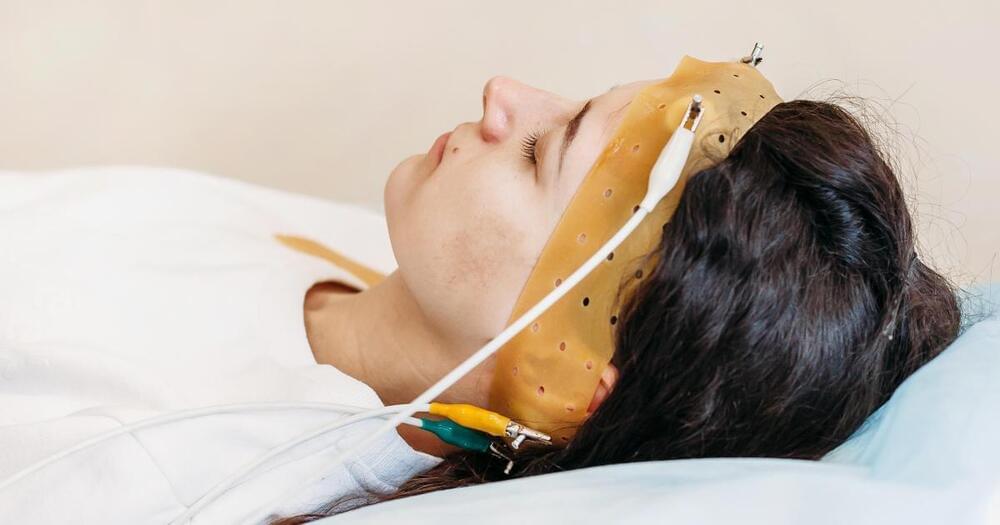

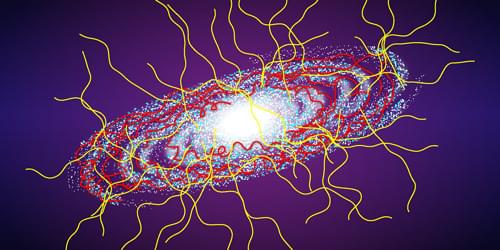
Interstellar magnetic fields perturb the trajectories of cosmic rays, making it difficult to identify their sources. A new survey of gamma radiation produced when cosmic rays interact with the interstellar medium should help in this identification.
Scientists know that the diffuse gamma-ray glow that suffuses the Milky Way is mainly produced by the interaction of high-energy cosmic rays with interstellar gas. But questions remain about the properties of these cosmic rays. What, for example, is their energy limit? And how do cosmic rays propagate from their sources? These long-standing mysteries could potentially be solved by observations of the highest-energy diffuse gamma rays. To this end, researchers working on the square kilometer array (KM2A) at the Large High Altitude Air Shower Observatory (LHAASO) experiment in China have reported precise measurements of the energy spectra of diffuse gamma rays over a wide energy range and across a large swath of the Galaxy [1]. Their results will give new insight into the propagation, interaction processes, and origin of the highest-energy cosmic rays in our Galaxy.
Since their discovery in 1912, cosmic rays—mainly comprising high-energy protons—have been observed across an energy range of more than 10 orders of magnitude. But in 1958, scientists found that the cosmic-ray flux decreases rapidly beyond an energy of a few PeV [2]. Researchers have explained this spectral cutoff by hypothesizing that cosmic rays accelerated to up to a few PeV are confined by the Galactic magnetic field for 104–107 years and accumulate in a “cosmic-ray pool” (Fig. 1): these are the cosmic rays whose interactions with interstellar gas are responsible for most of the diffuse gamma rays. Cosmic rays above a few PeV, meanwhile, are thought to escape from our Galaxy, therefore contributing relatively little to the gamma-ray haze.
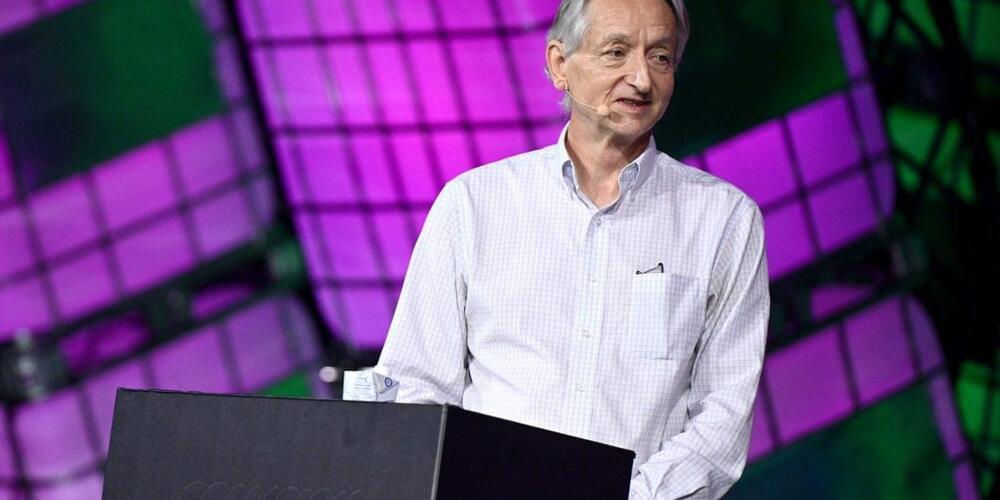
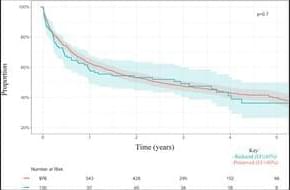
A new Yale study finds low ejectionfraction – the amount of blood your heart pumps out with each beat – is associated with worse cardiovascular outcomes for patients with peripheral artery disease (PAD):
You can learn more about important PAD risk factors here: https://brnw.ch/21wDlIR
Peripheral arterial disease (PAD) is commonly associated with coronary artery disease (CAD), and echocardiography is frequently performed prior to lower extremity revascularization (LER). However, the incidence of various echocardiographic findings in patients with PAD and their impact on the outcomes of LER has not been well studied.

“Cancer” is not a word we want to hear. Conversations with your doctor about cancer can induce fear, anxiety, and a plethora of other emotions. But what if your doctor uses the phrase This terminology will probably still make a lot of people anxious and, in some situations, could result in some unnecessary treatment.
Several types of malignancies are associated with conditions that, while benign, could infer a more significant risk or likelihood of developing cancer in the future. Terminology including lesions, “stage 0” disease, or carcinoma “in situ” can all describe an abnormal, yet not malignant, finding. In addition to fear, these diagnoses can undoubtedly lead to patient confusion.
A diagnosis indicates abnormal cells present in a single location in the body. If a lesion isous, it has not spread to any other tissue, distant or nearby. This explains why theous conditions associated with several cancer types have names that involve the phrase “in situ,” which means “in its original place.”
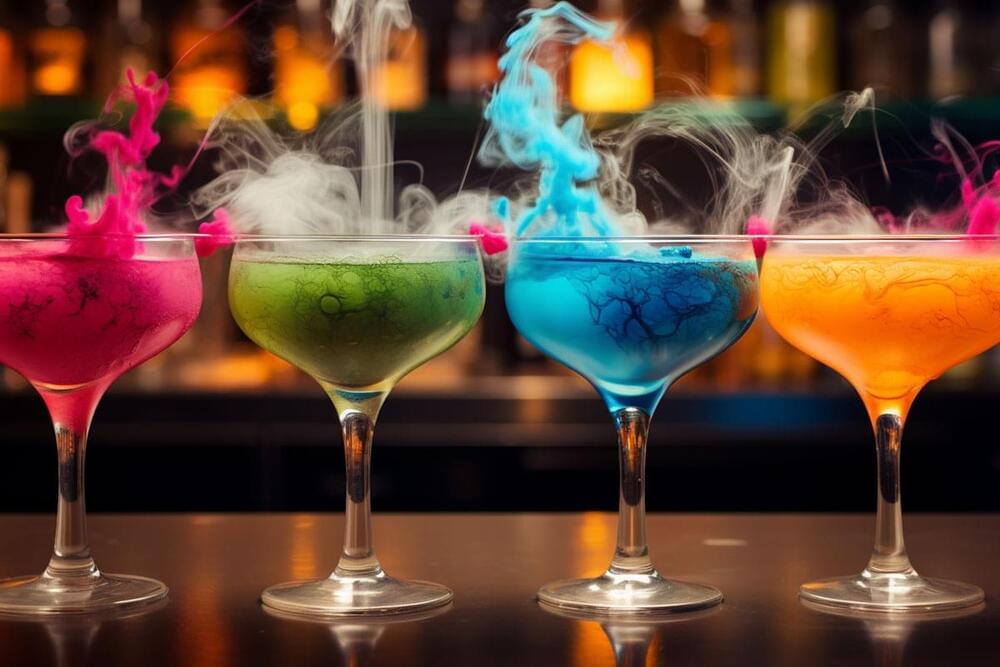
This is a bit technical. “nucleocytoplasmic compartmentalization assay”, Yeah buddy.
Life is dependent on the preservation and storage of information. The genome and epigenome are the two central storehouses of information in eukaryotes, and although they work interdependently, they are fundamentally quite different. Genetic information is consistent across all body cells throughout the life of an individual while epigenetic information varies between cells as well as changes over time and as per environment.
Researchers have identified several hallmarks of aging such as epigenetic alterations, genomic instability, cellular senescence, telomere attrition, mitochondrial dysfunction, and others [1]. These are known to play a role in the dysfunction and deterioration of cells with age. David Sinclair and other researchers have previously indicated that loss of epigenetic information can cause changes in gene expression, leading to cellular identity loss. Previous studies in mice have also shown that cell injuries such as cell crushing and DNA double-strand breaks can promote loss of epigenetic information which can accelerate aging along with age-related diseases [2].
Cellular senescence is a state of stable cell cycle arrest that can be triggered due to a wide range of extrinsic as well as intrinsic factors. It promotes tissue remodeling, wound repair, and cancer prevention by stopping the proliferation of damaged and aged cells. Senescent cells are characterized by metabolic and morphological alterations, reorganization of the chromatin, and release of pro-inflammatory substances known as the senescence-associated secretory phenotype (SASP) [3]. Irreparable DNA damage, loss of epigenetic information, and telomere shortening are a few factors that can initiate cellular senescence. Accumulation of senescent cells with age results in inflammation as well as the generation of reactive oxygen species (ROS).
Join us on Patreon! https://www.patreon.com/MichaelLustgartenPhD
Discount Links:
Epigenetic Testing: https://trudiagnostic.com/?irclickid=U-s3Ii2r7xyIU-LSYLyQdQ6…M0&irgwc=1
Use Code: CONQUERAGING
NAD+ Quantification: https://www.jinfiniti.com/intracellular-nad-test/
Use Code: ConquerAging At Checkout.
Oral Microbiome: https://www.bristlehealth.com/?ref=michaellustgarten.
Enter Code: ConquerAging.
At-Home Metabolomics: https://www.iollo.com?ref=michael-lustgarten.
Use Code: CONQUERAGING At Checkout.
At-Home Blood Testing (SiPhox Health): https://getquantify.io/mlustgarten.

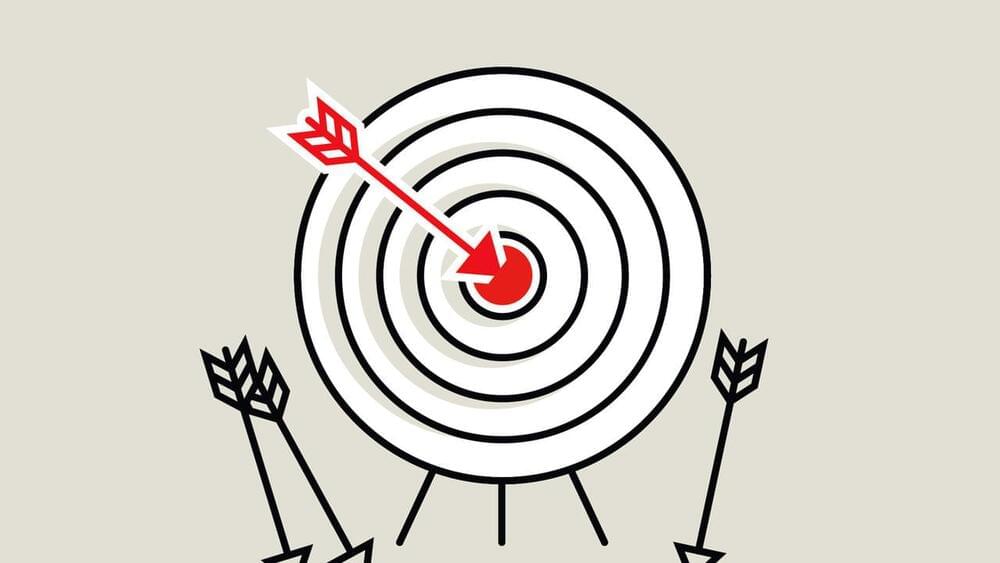
LEV becoming mainstream medicine.